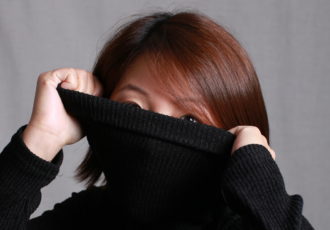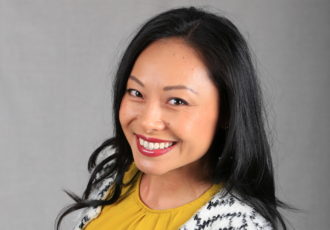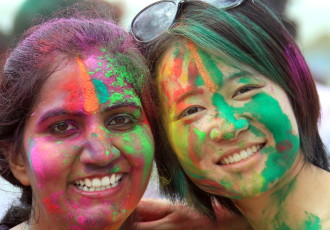If you are looking for modelling or acting work, your modeling portfolio will be what sells you when you are looking for jobs. It can make or break your career, so doing it “right” is important.
Here are some quick tips on how to go about creating a modelling portfolio (without costing a fortune).
 1. Find a Photographer
1. Find a Photographer
Do a Google search or look in your phone directory for local photographers. Check out their websites (if they don’t have an online portfolio you should wonder why) and find a couple that you like the “feel” of. You could also contact local agencies to see if they are able to recommend any. If you don’t have much (or any) to spend on a photographer you could look for Time for Print (TFP) photographers. (See What is Time for Print) .
Contact your selected photographer/s and ask about things like pricing, format of the film/digital photos and how long you usually have to wait between the shoot and getting the photos. Also, ask to see a sample of their work.
2. Get a Makeup-artist
Even if you think you are capable of doing this yourself – DON’T do it. You will have enough to do during the shoot to worry about makeup. The photographer may be able to organise this… or if budget is tight – maybe bring a friend who can do it, and keep you looking pristine during the shoot. Just because you have a makeup artist doesn’t mean it should be over the top… less is usually more – unless you are specifically looking for a dramatic look.
3. Practice Poses
Look through fashion magazines and clothes catalouges to find find poses you like. Cut them out and paste them into a book to bring along top the shoot for inspiration. Practice these poses in front of a mirror.
4. decide on some “Looks”
Decide on a number of looks you want to do. Ideally, you should pick at least three and they should demonstrate a wide variety (so not all jeans and t-shirt shots!!). If you have a special skill or ability (e.g. ballet , or rock climbing), you may even want to consider taking some photos to showcase this skill. Prior to the shoot you should also discuss poses, makeup, outfits, locations and the “looks” you want to achieve with the photographer.
5. Keep yourself “beautiful”
Keep your hair, skin and nails in good condition in the run up to the shoot. If you need a hair cut, get one
6. Prepare your outfits
Once you have agreed on what what clothes to wear, make sure they are clean and put to one side for the shoot well in advance. Also consider what shoes/accessories will be needed, and check with the photographer that there is a suitable place to change.
7. day before shoot
- Confirm with photographer/makeup artist on the date/time/place
- Get a good nights sleep and stay away fro alcohol
- Check that you outfit, accessories and makeup are all ready to go
8. The day of shoot
- make sure you have the photographers/makeup artists phone number with you
- Plan to arrive 10 minutes early
- Once on location confirm again the “looks” you want and check out the locations with the photographer to discuss a shot plan
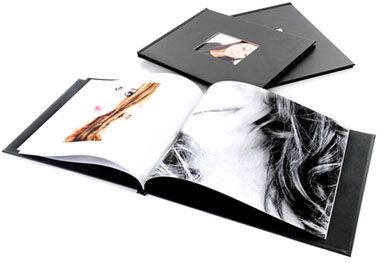 Enjoy your photoshoot! Listen carefully to what the photographer wants. Don’t worry about being nervous – this is normal, and the photographer may be nervous too.
Enjoy your photoshoot! Listen carefully to what the photographer wants. Don’t worry about being nervous – this is normal, and the photographer may be nervous too.
9. After the Shoot
- Pay any fees
- Thank the photographer and makeup artist
- Discuss when you can expect to be able to check the shots, and how they will be sent to you
10. Once you have your photos
- sort out the ones you like from the ones that aren’t so good – family and friends can help with this. Remember that less is more – if you only find 5 magical shots, use these and stop. That’s far better than using 25 which are just “ok”
- Buy a folder to put your photos in. Many models opt for hardcover books with ready attached plastic folders, but you may also like to consider a printed photobook (which are pretty affordable these days) or even an online, web based portfolio
- Sort out your portfolio in to the order which best presents you as you want to be presented as a model. Try different combinations until you feel satisfied you have found the right one.
- Remember you should keep updating your portfolio as you gain more work and experience as a model.
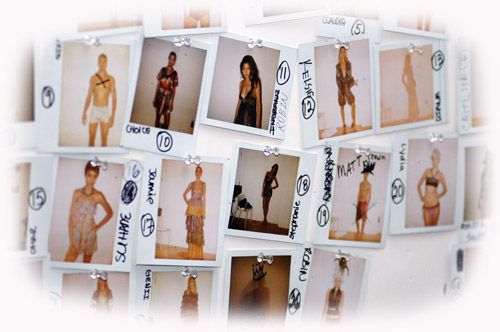 As a photographer, I am often asked by models and actors for advice on the types of “look” that they should be going for, when creating photos for their modelling/acting portfolios.
As a photographer, I am often asked by models and actors for advice on the types of “look” that they should be going for, when creating photos for their modelling/acting portfolios.

